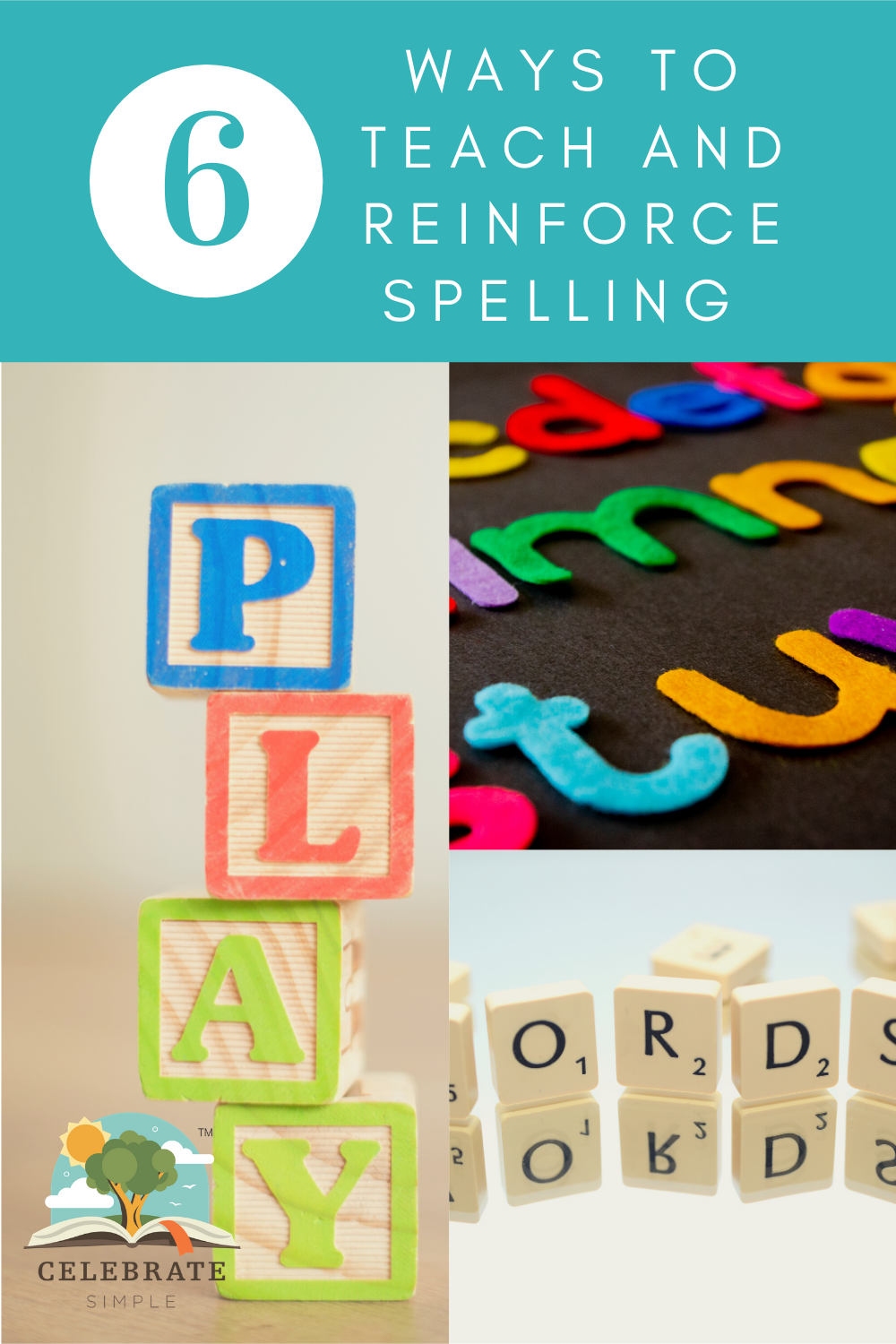Some of the questions I field most frequently involve inquiries about homeschooling and educational resources--the go-tos for the how-tos and what-ifs. Resources can be helpful as we all need boosts of encouragement and fresh ideas for the home education journey.
When asked, I recommend the resources I've found most beneficial to us in the shifting seasons of our 25 years of homeschooling. Walking alongside a family, I try to offer recommendations which most closely address that family's unique questions and circumstances. Who has time to read through material which isn't applicable? We don't! We are a community of families with full days and many blessings.
To that end, I compiled this blog of resources into categories. As you read through the list, you'll notice many of the selections incorporate multiple ages or facets of home education. Therefore, recommendations which are broad or could incorporate many seasons are listed in each potentially applicable stage. I hope you find this format beneficial. If you have additional questions, ask in the comments or connect with me via email.
New to Homeschooling
Homeschooling for Excellence: How to Take Charge of Your Child's Education and Why You Absolutely Must, David and Micki Colfax (Warner, 1988) - one of the first books I read about the possibility and potential of homeschooling; helped me to see education outside the box
Home School Heroes: The Struggle and Triumph of Home Schooling in America, Christopher Klicka (B&H, 2006) historical account (with data) of homeschooling in America
Teaching Children: A Curriculum Guide to What Children Need to Know at Each Level through Sixth Grade, Diane Lopez (Crossway, 1988) - my FAVORITE scope and sequence K-6; one of the resources I most recommend at evaluations when parents ask for this type of guidance
Teaching from Rest: A Homeschooler's Guide to Unshakeable Peace, Sarah Mackenzie (Classical Academic Press, 2015)
The Busy Homeschool Mom's Guide to Daylight: Managing Your Days through the Homeschool Years, Heidi St. John (Real Life Press, 2012)
Creating Innovators: The Making of Young People Who Will Change the World, Tony Wagner (Scribner, 2015) - another highlighted and dog-eared FAV of ours; highly recommend and often carry in our convention booth resources
Most Likely to Succeed, Tony Wagner and Ted Dintersmith (Scribner, 2015) - philosophy of education and testing; opened my eyes to the myths I believed
Beyond Survival: A Guide to Abundant-Life Homeschooling, Diana Waring (Emerald Books, 1996)
The Unhurried Homeschooler: A Simple, Mercifully Short Book on Homeschooling, Durenda Wilson (CreateSpace, 2016) - one of my ALL TIME FAVS; fits nicely in a diaper bag for quick reads; highly recommend
Preschool Homeschooling
Spiritual Parenting, Michelle Anthony (David C. Cook, 2010) - parenting with implications for home education; reading this book was confirmation of what Mike and I always believed about parenting and learning
The Three R's: Grades K-3, Ruth Beechick (Mott Media, 2006) - a definite TREASURE in our home
The Five Love Languages of Children, Gary Chapman and Ross Campbell (Moody, 1997) - love languages with parenting, learning, and teaching applications
Home Grown Kids: A Practical Handbook for Teaching Your Children at Home, Raymond and Dorothy Moore (Hewitt Research Foundation, 1981) - one of my all-time FAVORITES; read and reread many times over
The Unhurried Homeschooler: A Simple, Mercifully Short Book on Homeschooling, Durenda Wilson (CreateSpace, 2016) - one of my ALL TIME FAVS; highly recommend
Elementary Homeschooling
You Can Teach Your Child Successfully:Grades 4-8, Ruth Beechick (MDC Publishing, 1999)-one of my FAVORITE go-tos for how-tos in late elementary and middle school; empowering
The Ultimate Guide to Homeschooling, Debra Bell (Apologia Press, 2009)
Different: The Story of An Outside-the-Box Kid and the Mom Who Loved Him, Sally and Nathan Clarkson (Tyndale, 2016) - a comfort for parents of children with learning challenges
Artificial Maturity: Helping Kids Meet the Challenge of Becoming Authentic Adults, Tim Elmore (2012, Jossey-Bass) - another one of FAVS; read and reread, dog-eared and highlighted
Different Learners: Identifying, Preventing, and Treating Your Child's Learning Problems, Jane M. Healy (Simon and Schuster, 2011)
Teaching Children: A Curriculum Guide to What Children Need to Know at Each Level through Sixth Grade, Diane Lopez (Crossway, 1988) - my FAVORITE scope and sequence K-6
Creating Innovators: The Making of Young People Who Will Change the World, Tony Wagner (Scribner, 2015) - another highlighted and dog-eared FAV of ours; highly recommend and often carry in our convention booth resources
The Unhurried Homeschooler: A Simple, Mercifully Short Book on Homeschooling, Durenda Wilson (CreateSpace, 2016) - one of my ALL TIME FAVS; highly recommend

















